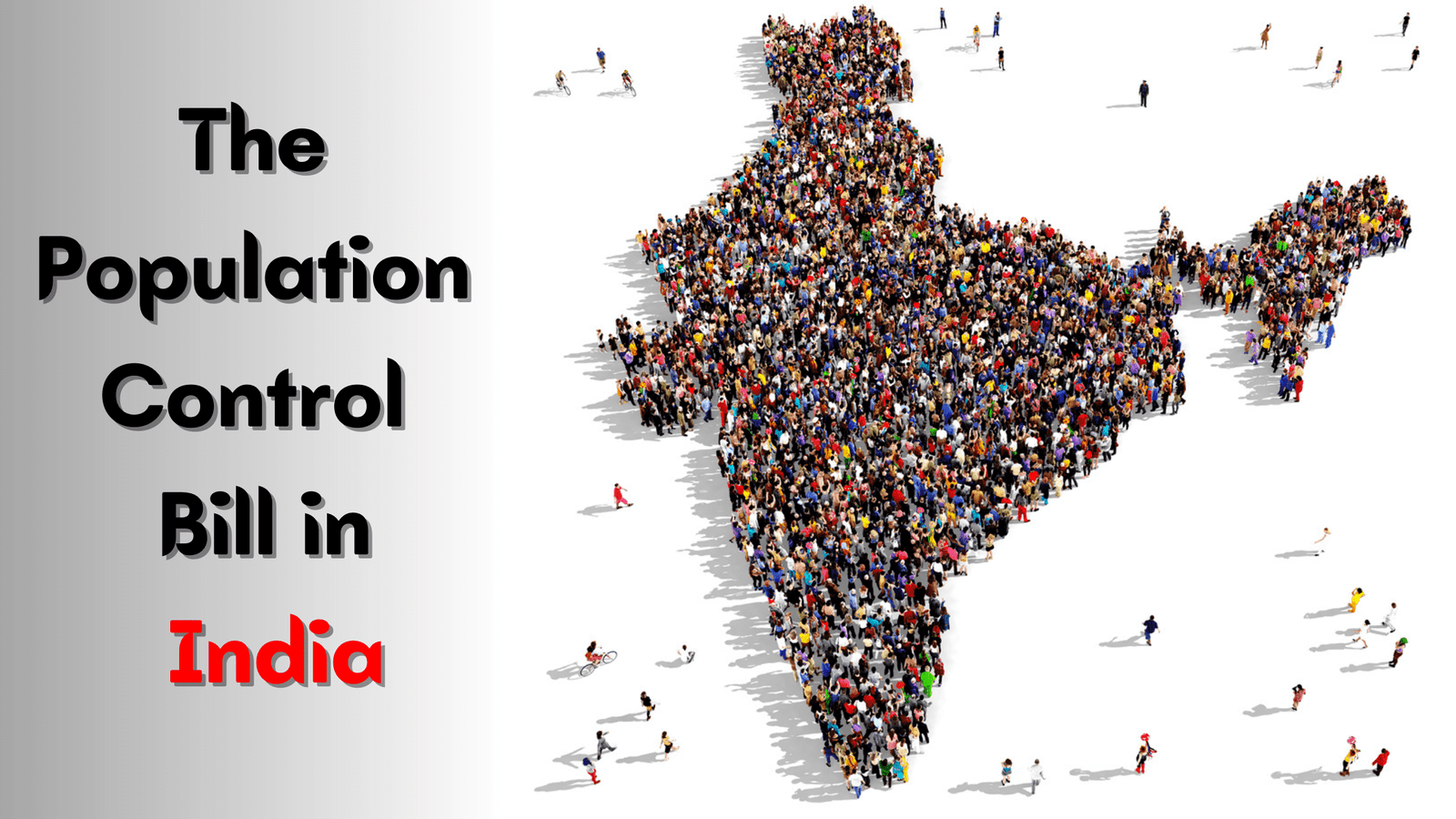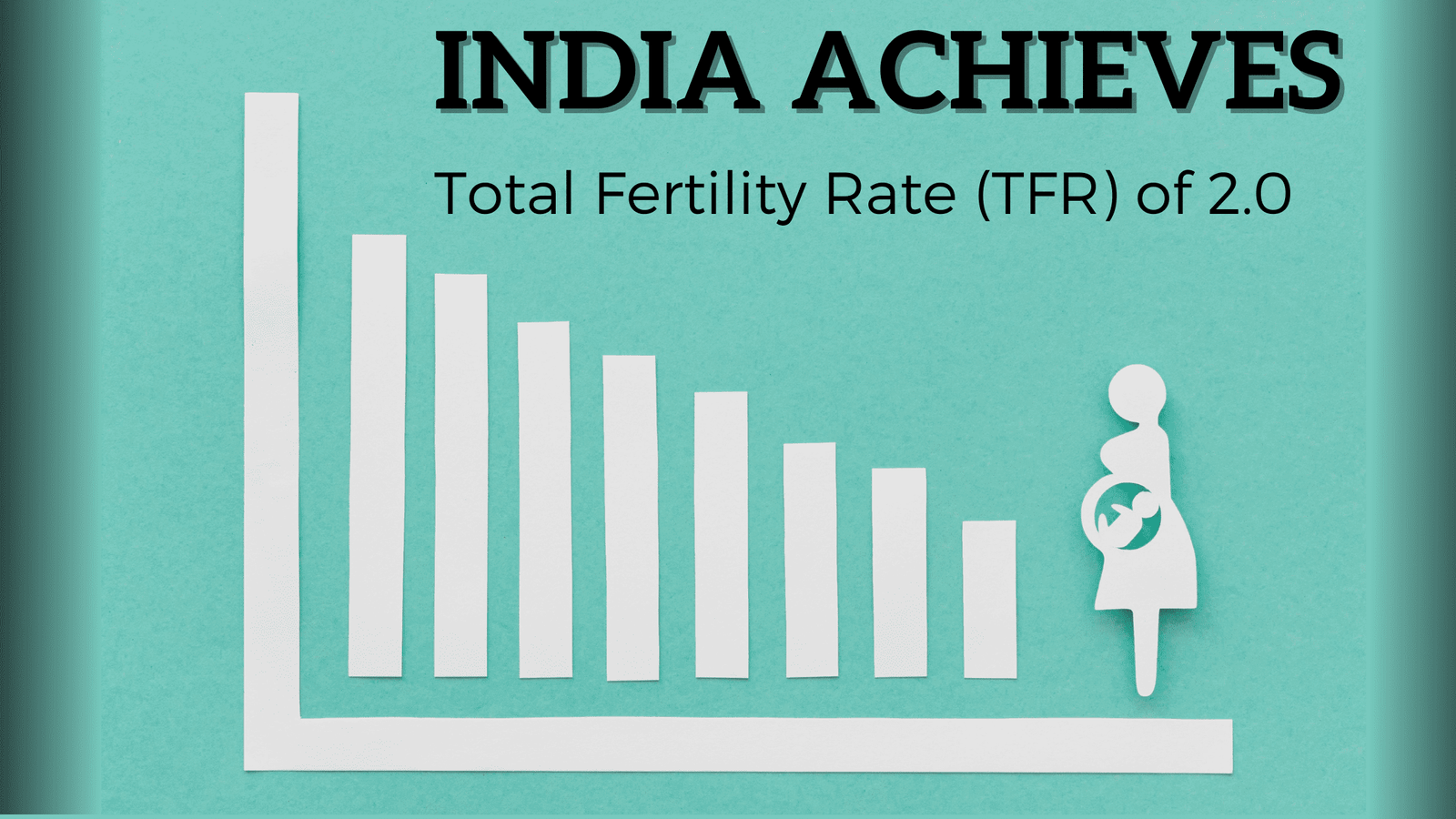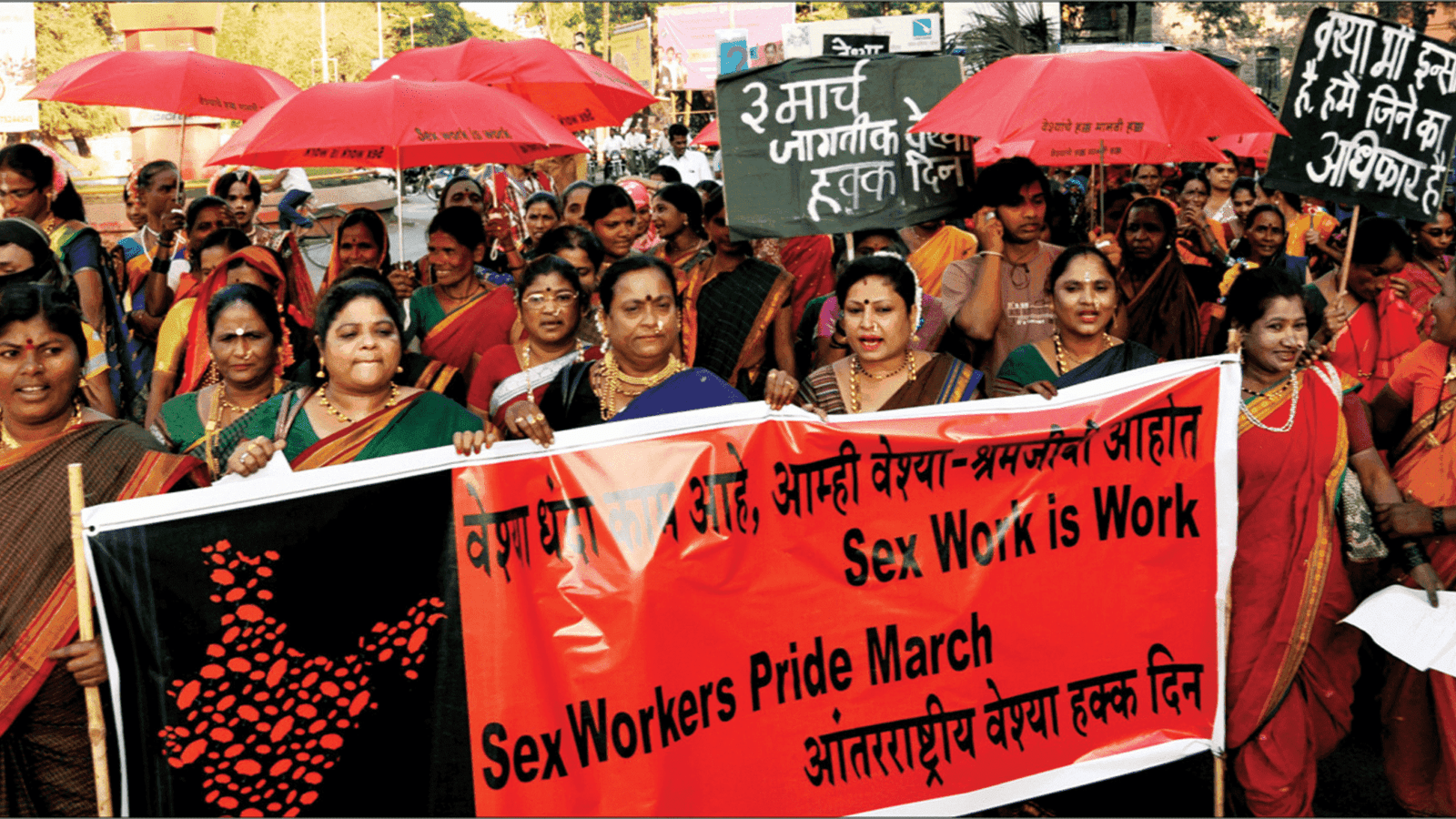
Recently China announced that married couples may have up to three children, officially marking an end to the population control experiment that led to the draconian one-child policy in 1980. This policy reversal came as data from the 2020 Chinese census showed a sharp increase in the proportion of the population above age 60 to 18.7 %, up from 1.3 % in 2010. Whether this relaxation will be successful remains unclear. For India, an even bigger question pertains to the lessons we might draw from this about-turn.
The success of this announcement signaling a pro-natalist turn will depend on the answer to two questions. First, how strong was the impact of the original policy? Second, what can governments do to encourage people to have more children?
China’s one-child policy led to human rights abuses encouraging sex-selective abortion and abandonment of girls in a society where parents desperately wanted a son but were able to have only one child. However, in recent years, the importance of the one-child policy in reducing Chinese population growth has come under surprising contestation. The Chinese government claimed that over and above the impact of socioeconomic growth, the one-child policy averted 400 million births. Demographer Daniel Goodkind in a paper published in the journal, Demography, supports this conclusion.
Demographers Wang Feng, Yong Cai, Susan Greenhalgh, and others disagree. In the same journal, they argue that most of the fertility decline in China’s Total Fertility Rate (TFR) from 5.8 in 1970 to an estimated 1.6 in 2015 came from socioeconomic development rather than population control policies. There may be some validity to this latter argument as the relaxation of the one-child policy to two children in 2016 failed to halt fertility decline, and the TFR fell to 1.3 in 2020.
More importantly, the role of government policies in reversing fertility decline remains questionable. A TFR of 2 is needed for a couple to reproduce itself. However, many countries are experiencing spectacularly low fertility. While Korea led with extremely low TFR (0.98) in 2018, Taiwan (1.06), Hong Kong (1.08), Singapore (1.14), Spain (1.25), and Italy (1.29) are not far behind.
Concern about depopulation and the increasing burden of supporting senior citizens has led many countries to institute policies encouraging people to have more children. They range from providing cash benefits to parents (France), providing generous maternity and paternity leaves (Sweden, Japan), and improving childcare availability (Norway, Japan). A review of these policies by Tomáš Sobotka and colleagues for the UN Fund for Population Activities documents mixed success. Family-friendly policies in countries like Sweden seem to have halted the slide, with TFR in Sweden hovering around 1.7. In contrast, despite many policy initiatives, the TFR in Japan has refused to budge from a level of about 1.4. Large cash incentives, called baby bonuses, in countries like Spain, brought about only a tiny increase in fertility and were eventually dropped. In 2018, Spain’s TFR of 1.25 was among the lowest in the world.
Extremely low fertility in Southern Europe and East Asia may be a result of entrenched gender inequality. Expansion of childcare availability only reduces some burden on parents. With rising education and increasing economic opportunities, women have a greater incentive to participate in the labour force. Still, they also retain most domestic responsibilities, making marriage and childbearing less attractive. In East Asia, intensive parenting demands add to this pressure. Competition in education and the job market is fierce in these nations, incentivising families to focus on a single child, pouring in money and time in that child.
Reports in The New York Times suggest that these pressures may result in a lack of success for China’s new pro-natalist policy. Increasing costs of raising children, pregnancy discrimination against women, and care responsibilities for older family members create a time and money squeeze for families that do not facilitate fertility increase. In 2016, China already relaxed the one-child policy, allowing families to have two children. Despite this, the TFR has continued to slide, falling from 1.6 circa 2015 to 1.3 in 2000.
What are the lessons for India? First, India should be pleased that fertility has been falling steadily, with TFR declining from 3.4 in 1994 to 2.2 in 2015. The recently released National Family Health Survey shows that fertility has continued to fall. The TFR for Bihar, for example, fell from 3.4 in 2015-16 to 3 in 2019-20. While the proportion of the older population is growing, the growth is slow and steady, averting a demographic cliff. Nonetheless, the proportion of households in India that limit themselves to a single child is growing steadily. In 2015-16, 18 states and UTs had a TFR of less than 2. Moreover, my research with Alaka Basu using data from the India Human Development Survey conducted in 2011-12 by the University of Maryland and NCAER shows that close to one-fourth of college-educated women have a single child.
This suggests that our population policy may want to move beyond the language of the past that restricts maternity leave and election eligibility for a third child and beyond. A wiser course for supporting fertility decline among families and areas where the TFR is high without leading to extremely low fertility would be to help families plan childbearing at times that are most convenient to them. This is likely to be particularly important for young, educated women who contend with the burden of intensive parenting in a highly competitive educational environment along with the unequal burden of domestic responsibilities.
Encouraging male participation in housework, improving their ability to combine work and family, and improving family planning services will generate an environment where our TFR would stabilise around 1.7, a level that would avoid the demographic cliff facing China.









































































































